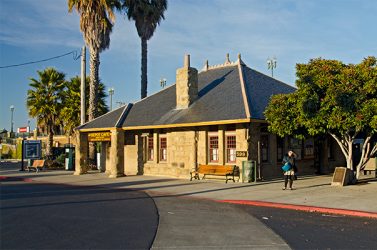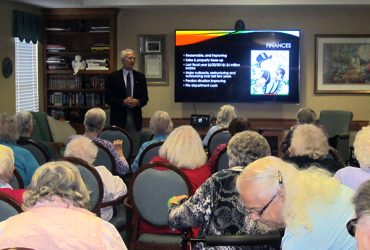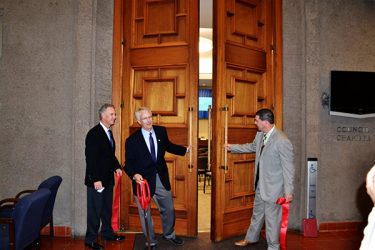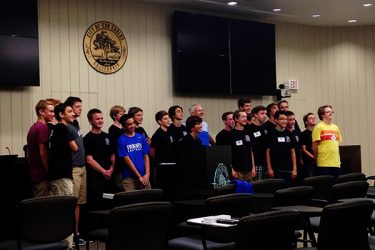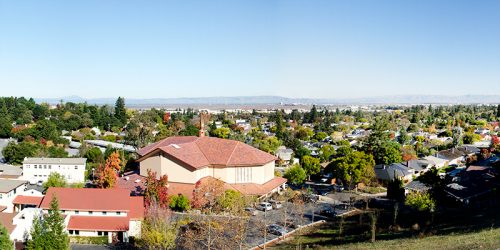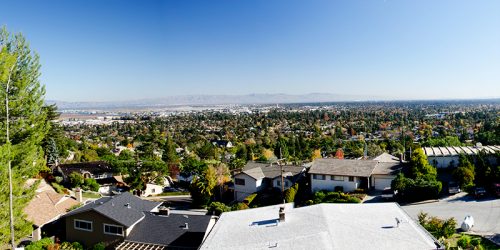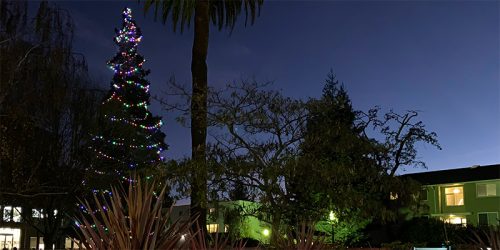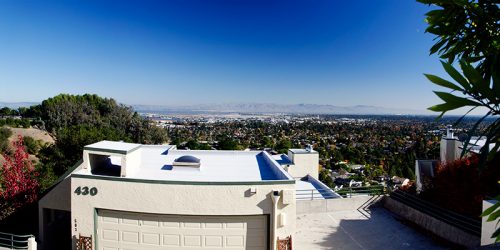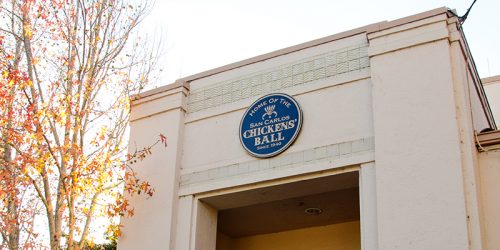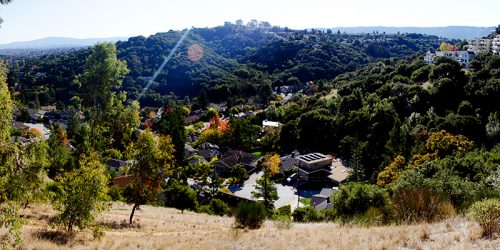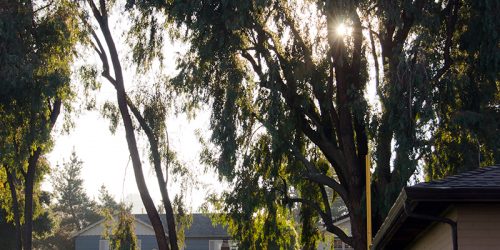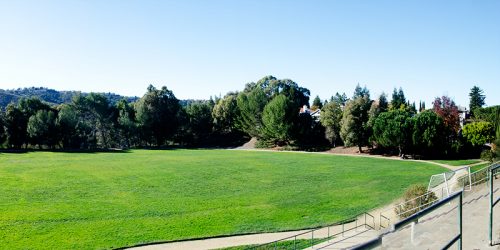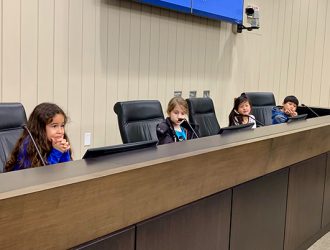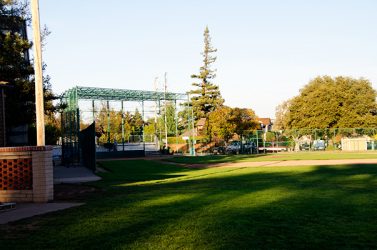Ever since I became an elected official I’ve been asked why we can’t reallocate our property taxes among the various public agencies they fund to reflect the community’s current priorities. This came up recently because the City of San Carlos is running significant surpluses while the San Carlos Elementary School District is having difficulty making ends meet.
The answer is simple: we’re not allowed to make that change. By law.
This always confuses people. It’s their taxes, after all, and their public agencies. So why can’t they change who gets what?
The answer is an interesting case study about how “simple” changes to the law can create problems which must be solved, and how some solutions are so painful that our elected representatives go to great lengths to avoid changing the solution.
How Public Agencies Used to be Funded
All California public agencies (to my knowledge) have to develop and pass budgets on a regular basis. This process must be done in public so the community has an opportunity to comment on priorities and choices and can keep an eye on how their money will be spent.
Prior to Proposition 13 agencies funded by property taxes went one step further: they determined how much property tax needed to be collected to satisfy their approved budget.
Once the budget was approved this tax requirement was forwarded to the county assessor’s office for inclusion in property tax bills. Neighboring communities could have very different property tax burdens depending upon the decisions made by the public agencies which served them.
Suddenly a Shared Pool
The property tax assessment portion of this process was overridden by Prop 13. It set a 1% of assessed value cap on the total property taxes collected from any piece of property by all agencies. Where previously each agency made decisions on how big their property tax charges were now it was a shared pool: 1% of assessed value, to be shared among all agencies funded by property taxes.
This required property taxes be allocated among all the public agencies serving a property. Prop 13 itself did not spell out how that was to be done in any detail; it simply set the cap. The Legislature had only three weeks to come up with an allocation formula because Prop 13 was passed in June and public agency fiscal years start on July 1st.
SB154, thrown together in just three weeks, used a simple allocation formula: give each agency the same percentage share of the 1% pool as it had previously had of all the property taxes collected based on a three year rolling average. Here’s an example of how this worked:
This seems like a reasonable way to do things…but it has some serious flaws:
- Lightly-taxed areas end up subsidizing nearby areas that had chosen to tax themselves more heavily before Prop 13 was passed. This was because the SB154 allocation formula looked at counties as a whole and not the complex patchwork of service areas that different public agencies within the county served.
- There’s no obvious way to accommodate new public agencies (e.g., a new community being built) or the expansion of existing public agencies (e.g., if a new development is built and it requires a new fire station why is any of its property taxes going to existing fire stations and why are existing property owners paying anything for the new development’s fire protection?)
The following table demonstrates how that first problem can be quite substantial:
Half of Community 2’s post-Prop 13 taxes are going to Community 1 because Community 2 historically taxed itself at a lower overall rate than Community 1.
As you might imagine, having some of San Carlos’ property taxes go to Belmont simply because Belmont used to tax itself more heavily than San Carlos would make San Carlos taxpayers angry (that was the actual situation involving San Carlos and Belmont although I don’t know how much, if any, anger was involved). Now multiply that kind of thing across the entire state and you can see that a better solution had to be found, and quickly.
The Legislature Tries Again
The Legislature was forced to come up with a better approach even though that involved a lot of heated political debate. Why? Because figuring out a way to allocate a shared pool of property taxes meant every single public agency in California had a strong vested interest in trying to influence the sharing formula to its benefit.
Most political issues involve a limited number of at-risk organizations lobbying the Legislature. This one had every agency benefiting from property taxes descending on Sacramento like a ravening horde.
Rules were eventually adopted (AB8) to fix the various allocation problems, albeit gradually over a period of years. But the process taught the Legislature an important lesson: avoid, at all costs, adjusting property tax allocations. To ensure arguments about allocations couldn’t easily be made they pre-empted any public entity other than the Legislature itself from taking up the topic. They can do this because they set the rules for all the local public agencies in California.
And the Legislature has steadfastly refused to revisit the topic since the 1980s. The memories of balancing all those competing interests are still fresh…and painful. Once burned, forever shy.
Be that as it may, the Legislature’s actions calmed things down and created a reasonably stable long-term situation. That’s why you don’t see fights among agencies about property taxes breaking out nowadays the way they used to.
Locked In…Forever?
So if you really want to be able to re-allocate your local property taxes you’ll have to start by convincing the Legislature (and the Governor, naturally) to give communities that power.
I for one will not be holding my breath waiting for that to happen.
A very good detailed overview of how California’s current property tax rules came to be can be found here.
